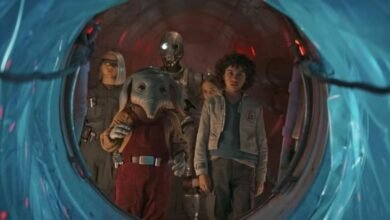Aura at 20 Years – NASA Science

With the end of Aura and MLS, the future for stratospheric limb sounding observations is unclear. While stratospheric O3 and aerosol will continue to be measured on a daily, near-global basis by the Ozone Mapping and Profiler Suite (OMPS) Limb Profiler (OMPS-LP) instruments on the Suomi National Polar-orbiting Partnership (Suomi NPP) and Joint Polar Satellite System (JPSS-2, -3, and -4) satellites, there are no confirmed plans for daily, near-global observations of either long-lived trace gases or halogenated species – both of which are needed to diagnose observed changes in O3. The only other sensor making such measurements, the Canadian Atmospheric Chemistry Experiment Fourier Transform Spectrometer (ACE–FTS), is itself older than MLS and, as a solar occultation instrument, measures only 30 profiles-per-day, taking around a month to cover all latitudes. Similarly, no other sensor is set to provide daily, near-global measurements of stratospheric water vapor until the launch of the Canadian High-altitude Aerosols, Water vapour and Clouds (HAWC) mission in the early 2030s. Some potential new mission concepts are under consideration by both NASA and ESA, but they are subject to competition. Even if both instruments are ultimately selected, gaps in the records of many species measured by MLS are inevitable. The MLS PI is leading an effort to develop new technologies that would allow an instrument that could restart MLS measurements to be built in a far smaller mass/power footprint (e.g., 60 kg, 90 W vs. 500 kg, 500 W for Aura MLS), and technologies exist for yet-smaller MLS-like instruments that could assume the legacy of the highly impactful MLS record at low cost in future decades.
Source link



